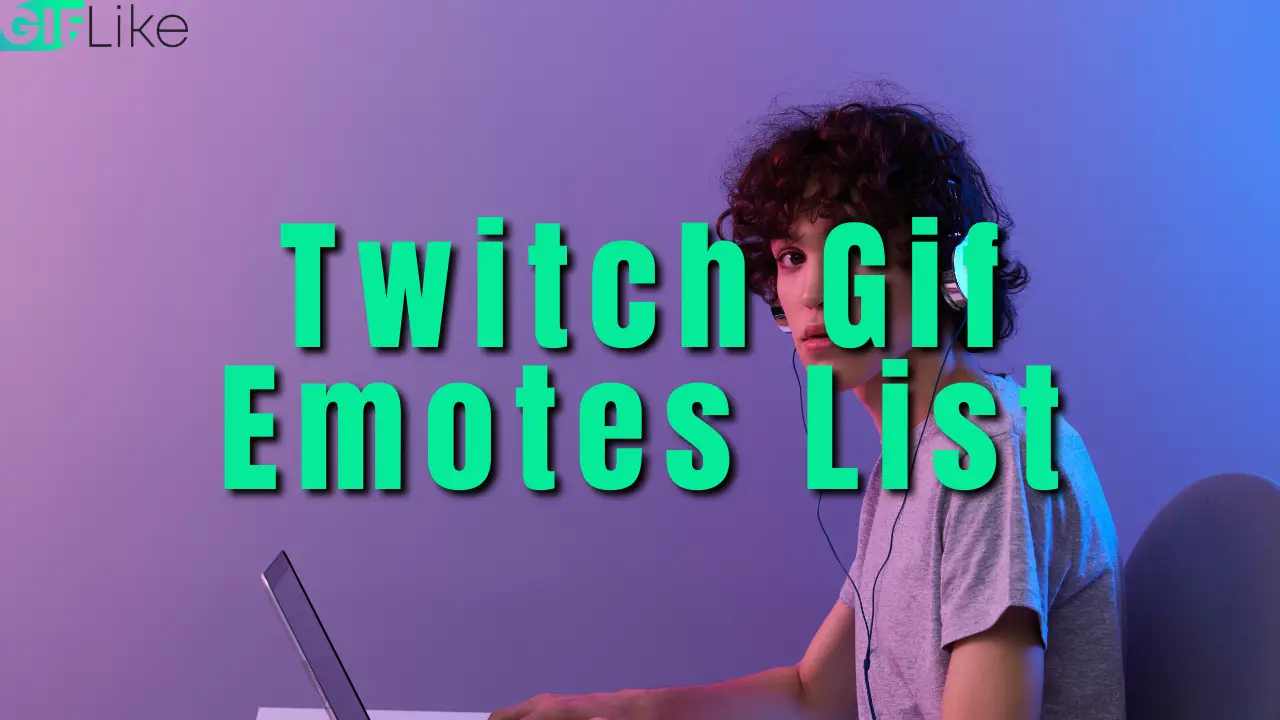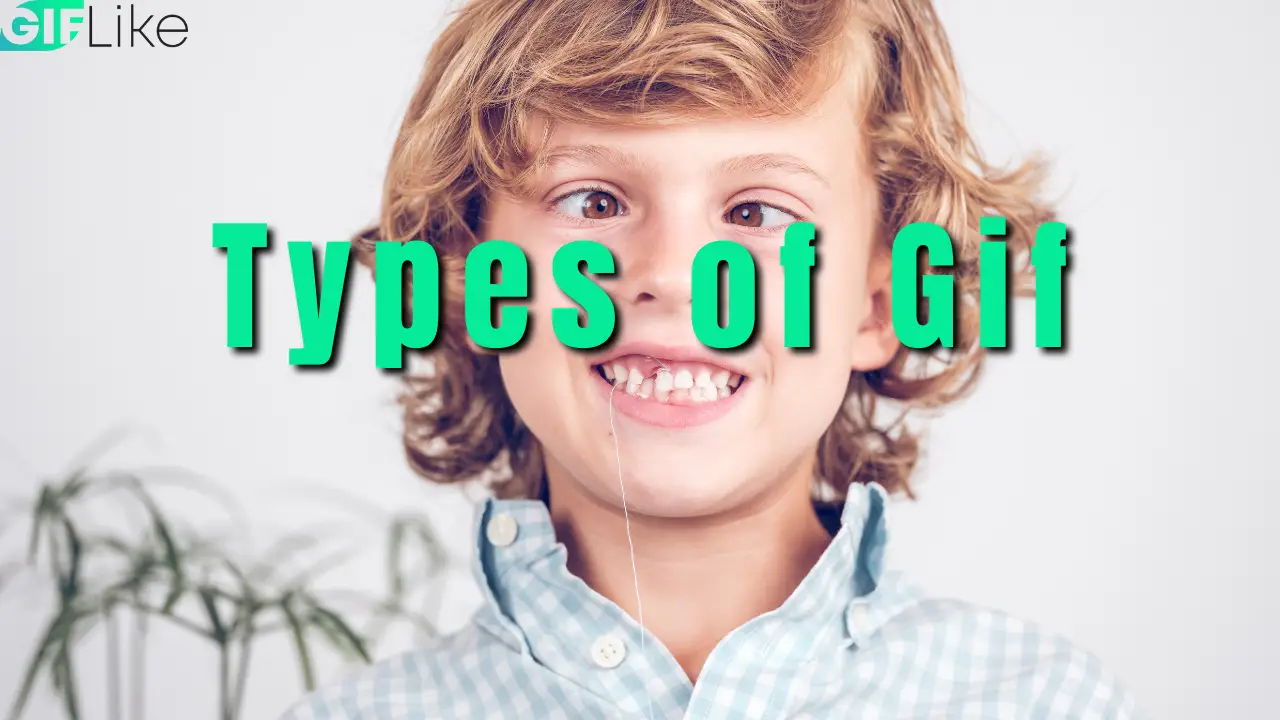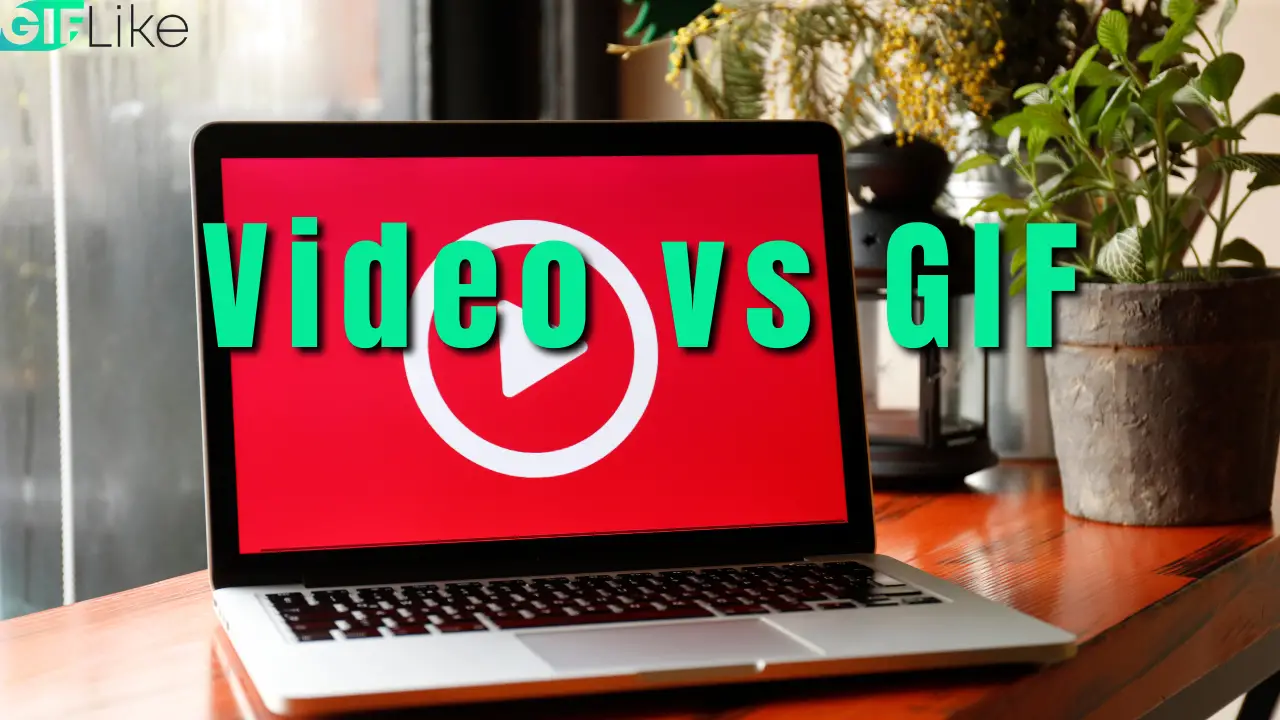I love this tool for creating amazing gifs on the fly. Check it out here
It’s not out of line to say that emoticons and emojis have only gone and changed the face of communication.

Invented by a happy accident back in the late 80s, emoticons quickly soared in popularity to become part of our daily lives.
It is now estimated that, across the world, we send up to 18.7 billion text messages each and every day.
This staggering scope of online messaging means emoticons are now invaluable to modern communication. Why?
Because we need quick ways to relay emotions and expressions. In this article, we will finally lay the age-old question to rest – why are emoticons bald?
On top of that, we will serve you with every emoticon fact that you never knew you needed, but secretly always wanted.
What Are Emoticons?
Emoticons are sets of punctuation marks, characters, and numbers arranged to look like a human face.
Emoticons are used to express emotions, but they’re not always universal. For example, 😀 means laughing or a huge smile, :-O is for surprise, <3 is for love, and >3 is for hate.
The emoticons that Scott Fahlman created are called smileys. These smileys are now commonly used on the internet.
Emoticons are used in chat rooms to express feelings or emotions. Emoticons also help people communicate better online.
Emoticons are often used to convey feelings. Some people even use them to make jokes. There are plenty of ways to express happiness, anger, fear, sadness, etc., without using an emoji.
Why Are Emoticons Bald?
The answer is simple: Hair is not essential for conveying emotion through an emoticon.
Using emoticons is all about quickly getting your point across, and adding in extra symbols that replicate hair is a waste of time as it has nothing to do with the facial expression of a certain emoticon.
Are Emojis And Emoticons The Same Thing?
Emojis and emoticons are two different things. Emoticons are combinations of letters and punctuation marks (like ‘:-)’ or ‘(:’), while emojis are actual images.
Emoticons are used to add emotion to messages, while emojis are used to express emotions. Emoticons are often used as substitutes for words, while emojis are used as icons.
What Are Some Popular Emoticons?
There are many different types of emojis, so let’s take a look at some of the most common ones.
1. Face With Tears Of Joy
This emoji shows someone who is happy. It looks as though he/she has been crying for a while but now feels better.
This is one of the most commonly used emojis today. You will often find it next to other emojis which represent sadness.
2. Face With Smiling Eyes And Open Mouth
This emoji represents someone who is smiling. It may seem odd, but there are times when people smile even when they are sad. This is another very common emoji.
3. Face With Closed Eyes
This emoji is used when someone wants to block out everything else around him/her. He/She might be thinking about something important, or maybe he/she is trying to sleep.
4. Face With Pouting Lipstick
This emoji is used to make fun of someone. It looks like she is pouting her lips, which means that she is unhappy.
5. Face With Cheeky Grin
If someone uses this emoji, he/she is probably being sarcastic. It looks like he/she is grinning, but there is also a cheeky side to his/her expression.
6. Face With Slanted Eyebrows
This emoji looks surprised. It could mean that someone is confused, or maybe he/ she is curious.
7. Face With Red Nose
This emoji looks angry. There is usually redness around his/her nose, mouth, and eyes. People tend to frown when they are angry, so the redness makes sense.
8. Face With Yellow Teeth
This emoji is used when someone is embarrassed. Usually, there is yellowish-green coloration around his/her mouth.
What Are Some Popular Acronyms?
A few other acronyms commonly seen online hand-and-hand with emoticons include LOLlaughing out loudly. ROTFL – rolling on the floor laughing. BFN – bye for now.

TTYL – talk to you later, IMOIn my opinion. IMHOIn my humble opinion. IMNSho my not so humble opinion, IIRC – If I recall correctly. IAC – in any case. OTH – On the other hand. FWIW – For what it’s worth. HTH -Hope that helps.
Conclusion
As you can see, the use of emoticons for rapid-fire messaging is so ingrained into popular culture and modern messaging that it’s hard to tell where one emoticon starts and another ends.
We hope this article answered your burning question and gave you some more useful insights into the constantly updating world of emoticons.






